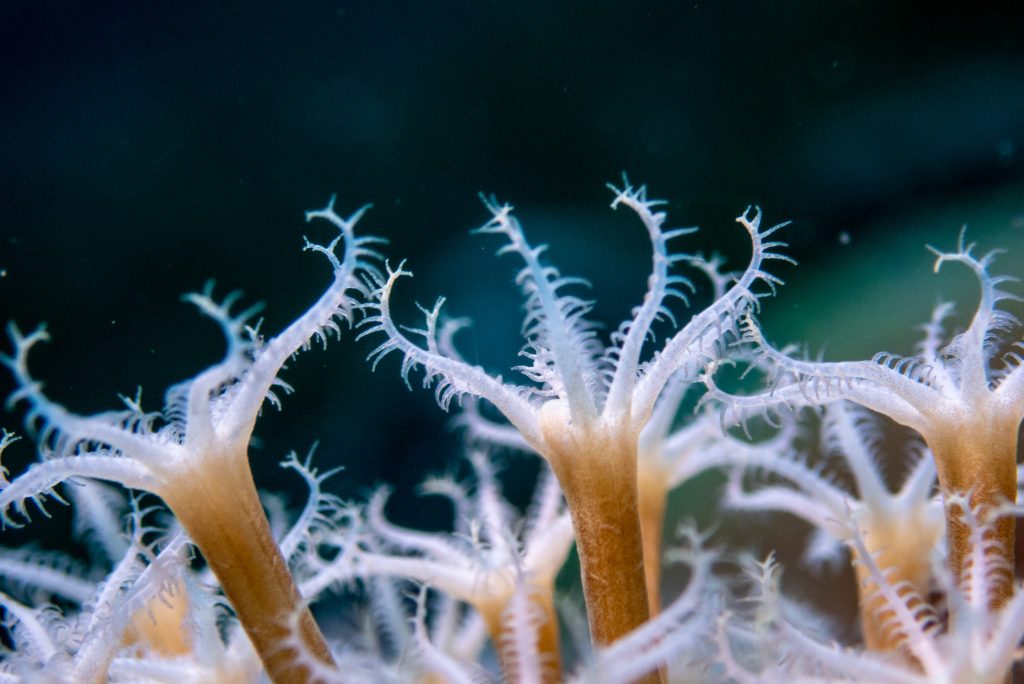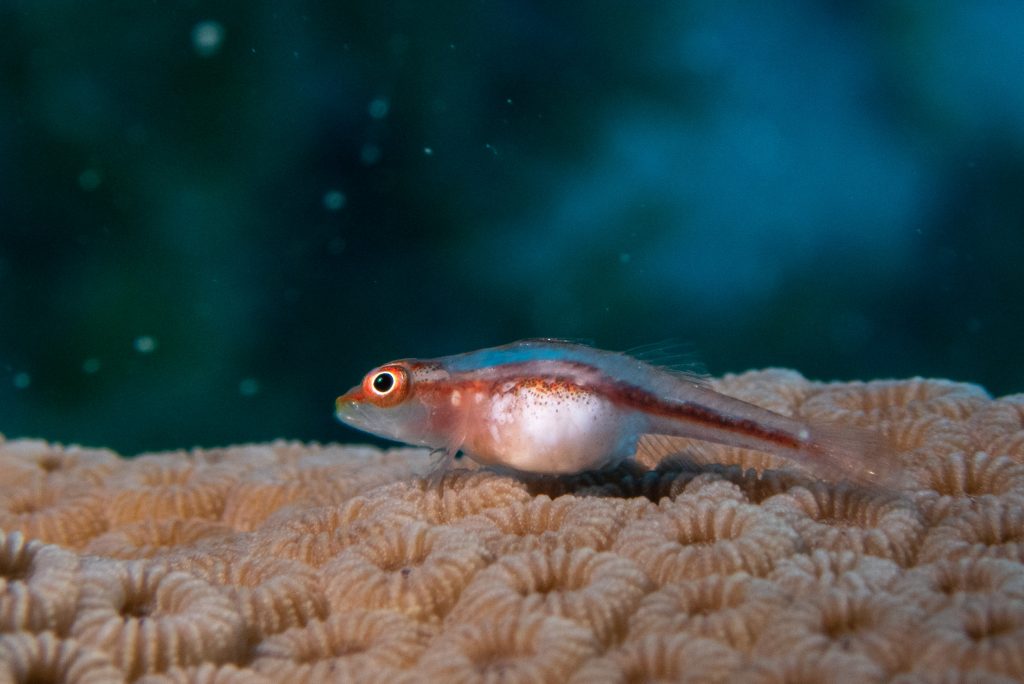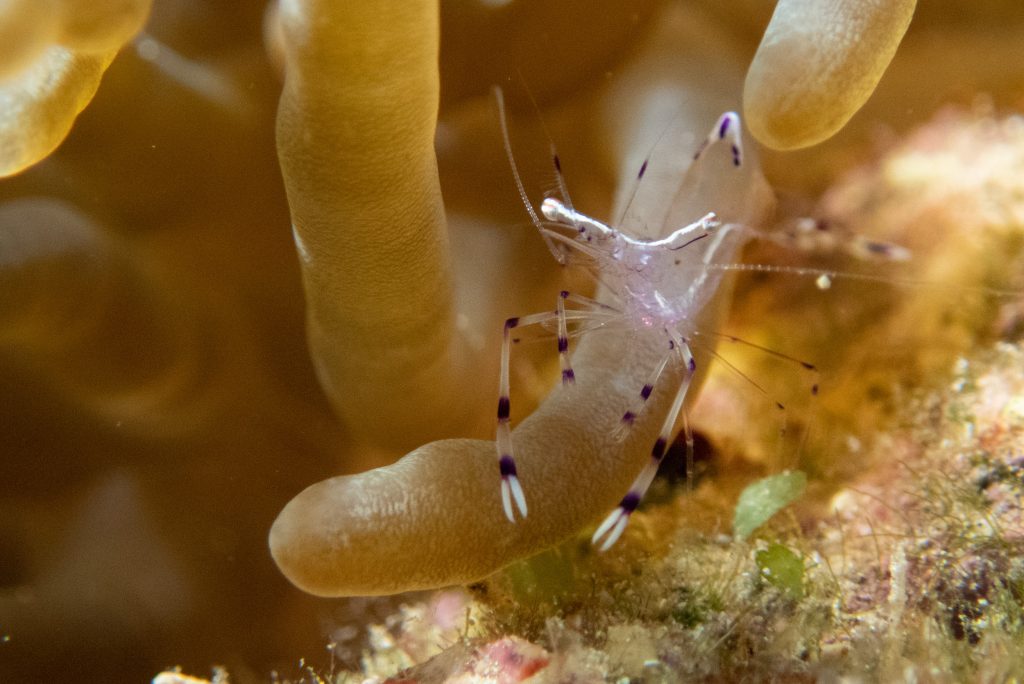Inon D-200 Underwater Strobe Review
Introduction
Inon have recently released the D-200 as successor for their D-2000 strobe, which is actually a simplified version of the Z-330. Since its release, the Z-330 was constantly back-ordered due to high demand and lengthy production process, so the D-200 was released just on time, and it more readily available.
The D-200 also sells for a very affordable price of $499 USD. That’s excellent value for money!
Overview of Inon D-200
As mentioned above, the D-200 is a simplified version of the Z-330. It shares the same basic design, but with a lower output – 20GN and no sync cord connection. It can be triggered optically only.
These changes allowed Inon to drop the price to $499 and frankly, it’s more than enough for many divers. Especially those using a compact camera, who don’t need the sync cord connection and don’t need such a powerful strobe as they can tune down ambient light with shutter speed.
The D-200 shares the same great features from the Z-330, including the unique dome front design and two flash bulbs (one horizontal and one vertical) for maximum wide angle coverage of 110 degrees, without a diffuser. It also has the built in rotating light shade which helps minimize backscatter, if you remember to rotate it so the flap is between your strobe and lens.

Compared to the previous Inon strobes, such as S-2000 and Z-240, Inon have (finally!) simplified the controls and improved the knobs and labels, to make this strobe far more user friendly and easier to control.
The same sensitive light sensor is used, which works perfectly with any fiber optic cable as well as LED triggers, and is so sensitive you can use it off-camera and pretty far away for creative lighting setups (see sample below).
Both ball and YS mounts are available (sold separate), for maximum versatility. Note that a special fiber optic cable is needed to connect to the bottom of the strobe. Alternatively, you can get this nice little adapter kit to use any standard S&S type cable with Inon strobes.
The D-200 modes include Manual, S-TTL (slave TTL), Low and Full. Full and manual are pretty straightforward.
I love having the full mode option – if I need more power quickly, I can twist it all the way in a split second, one step back and fire away.
S-TTL and Low are automatic modes, which mimic the on-camera flash to produce exactly the right output. When used, the power knob has to be pointing up on neutral, or you can apply flash compensation by moving the power knob right and left.
The recycle time is phenomenal – 1.3s in full power. That’s probably the fastest strobe in the market!
Top features
| Strobe Modes | S-TTL Auto / TTL Auto / Manual / Full |
|---|---|
| Connection | Optical Connection (Optical D Cable, Wireless) |
| Power Modes | 2.5 to 20 GN (13 steps in 1/2EV) |
| Beam Angle Underwater | 110º x 110º circular beam (Strobe light) 30º (LED Focus Light) |
| Focus Light Intensity | 220 Lumens |
| Color Temp. | Approx. 5500K |
| Recycle Time | Approx. 1.3 seconds minimum (Using Eneloop batteries) |
| Flash Capacity | Approx. 410 flashes (Using Eneloop batteries) Approx. 540 flashes (Using Eneloop Pro batteries) |
| Weight (air) | 577g/20.4oz (without Strobe Light Shade / Strobe Dome Filter SOFT / batteries) 729g/25.7oz (with Strobe Light Shade / 4 x “Eneloop” batteries) |
| Weight (U/W) | Neutral (with Strobe Light Shade / 4 x “Eneloop” batteries) |
| Depth Rating | 100m / 328ft |
Usability
The newly designed knobs are perfect. They are so easy to twist and so easy to see where they are pointing – they even glow in the dark!
The power knob stops at the far ends of its range, as opposed to previous strobes, so it’s easy to know when you’re on minimum or maximum power output.
Rotating the light shade is very easy, and even removing it underwater can be done quickly, just in case you need a wider beam for a few shots. I found that I prefer having it off, as long as the visibility is good and the water is fairly clear of particles, since the beam is reduced quite a bit by the shade. Especially if you are using just one strobe, you probably want to enjoy the full 110 degrees beam so you might want to leave it off.
The Inon D-200 can automatically detect pre-flashes and adjust accordingly, so you don’t have to worry about it. Just make sure the knob is UP for pre-flash detection mode. If you are firing manual flash on your on-camera flash, then push the knob DOWN to save battery life on the strobe.
Overall I found it much easier to use than previous Inon strobes, so there was a big improvement here on their behalf!
Comparison to YS-D2J (without diffuser)

When comparing the D-200 directly to the YS-D2J, the difference is obvious. The D-200 produces a nice round and uniform beam, which is very wide to begin with. Most other strobes require a diffuser to reach that nice beam shape, which reduces the power by 1/2 stop – 1 stop, depending on the diffuser. This means you’re actually getting more power out of the D-200 compared to other 20GN strobes like the YS-01 and S-2000.
Wide Angle Tests

The D-200 performed beautifully for wide angle shots, thanks to the dome front which produces a very wide beam, as I showed previously.
On the photo above I did get some backscatter, because I positioned the strobe fairly low to get light inside the divers’ masks. Placing it higher would have prevented the backscatter but their eyes would likely be in the shadows.
Here are a few more examples:
Macro Tests
No real surprise here, but the D-200 works great for macro. You can tune down the power output and bring the strobe right in there for nice uniform lighting.
Conclusion
The D-200 is another excellent and reliable strobe produced by Inon, who have been leading the market with their strobes in recent years. The most significant change on this one is the excellent user interface and the dome shaped front.
For those of you who are looking for the perfect strobe, but don’t need that much power or sync cord capability, the D-200 is almost identical to the Z-330. Compact camera shooters should definitely choose this one, as they can reduce ambient light with shutter speed so they don’t need that much power.
Bottom line – You can’t go wrong with the D-200. Way to go Inon!
- Native Lenses vs. Wet Lenses for Underwater Photography – December 20, 2023
- The Complete Guide to Practicing at Home for Underwater Photographers – October 4, 2023
- Best Strobe for Underwater – The Ultimate Strobe Guide (Updated!) – June 29, 2023

 CAD
CAD







5 comments
On Ran’s recommendation, I have bought this flash and Ran’s review above is right on the money! I have only used the flash on 1 trip so far, but used it on 7 dives including 1 night dive. My results were similarly excellent! I used Amazon Basics high-capacity rechargeable batteries and found that I could get 2 dives from a set of batteries (taking about 30-40 photos on each dive with the flash on each dive).
I also found the flash to be very fast. Maybe … maybe, twice did I find that I was ready to take another shot before the flash was ready … but that might have also been in the flash on my camera as well that was still recycling.
This my first underwater strobe, and I wasn’t sure what to expect for size and weight. It’s bigger and heavier than I was expecting, but it also feels very solid and durable. I have no concerns about the build quality of this strobe – it feels built to last.
Overall, I’m very pleased with this strobe! I’ve been able to get excellent shots that I never thought I could before because of it. Thanks for the recommendation Ran!
Thanks for the feedback Barry!
Great to hear that you’re happy with the strobe!
With the Sanyo Eneloop batteries, you can get 2-3 dives with hundreds of photos out of this strobe! I think mine lasted for about 600 photos with flash. I haven’t tried the Amazon ones…
The recycle rate is definitely much slower on your built in flash, so likely that was what caused the delay for you.
Keep shooting 🙂
does the D-200 work with a LED trigger in the housing? Or does it only fire with a built in flash.
Hi Albert, the D-200 does support LED triggers. You can connect it with a fiber optic cable to both a built in flash and to a LED trigger.
Dear Tal, Thanks so much for the review of the D-200. Very helpful. I am undecided between the D-200 and the Z-330 (as I’m sure many people are). I know they are essentially the same except for the GN numbers (20 vs 33) and the ability to add an electrical cable to the Z-330. As price is a consideration, I am tempted to buy a pair of D-200’s. However, as my preference is for wide angle photography, do you think the power output (GN20) of the D-200 is sufficient for wide angle? Many thanks in advance and I look forward to your response. 🙂